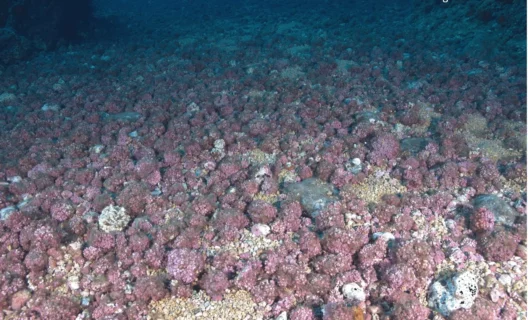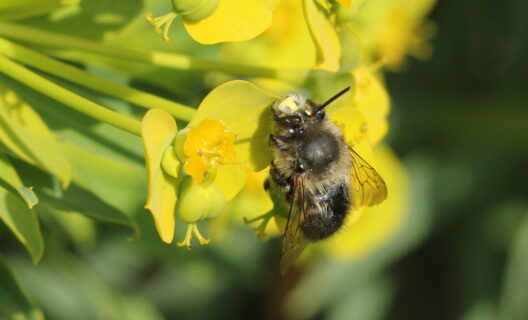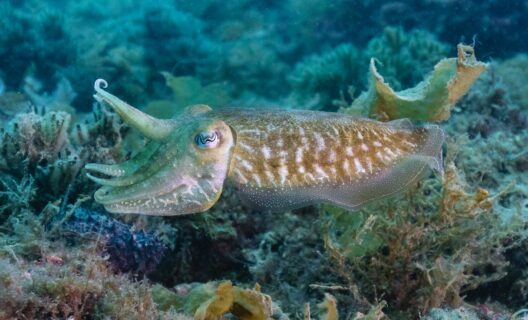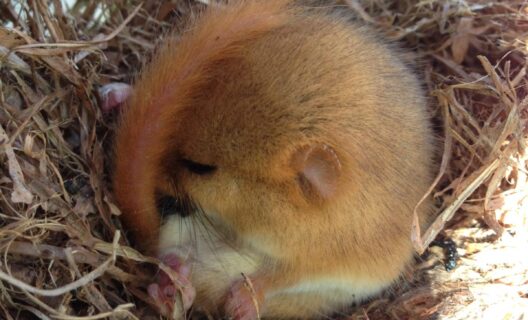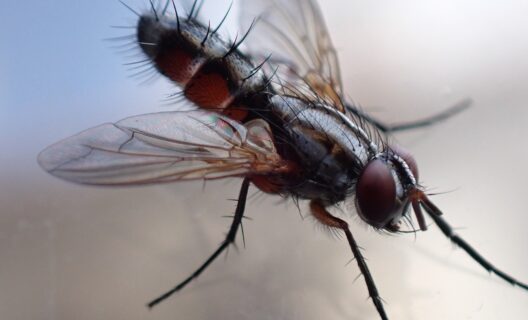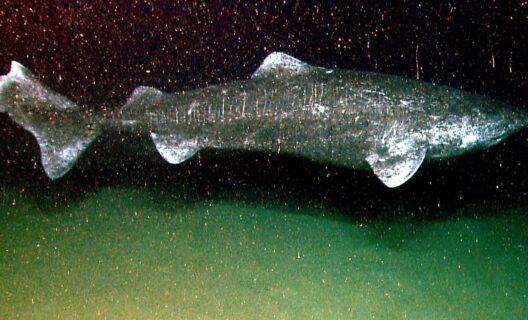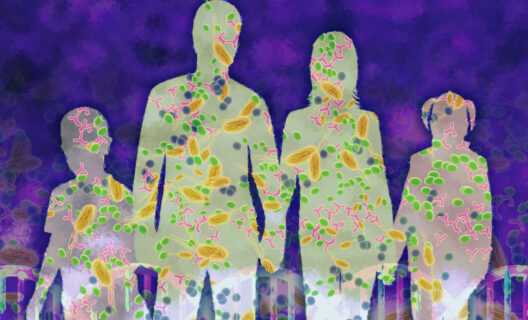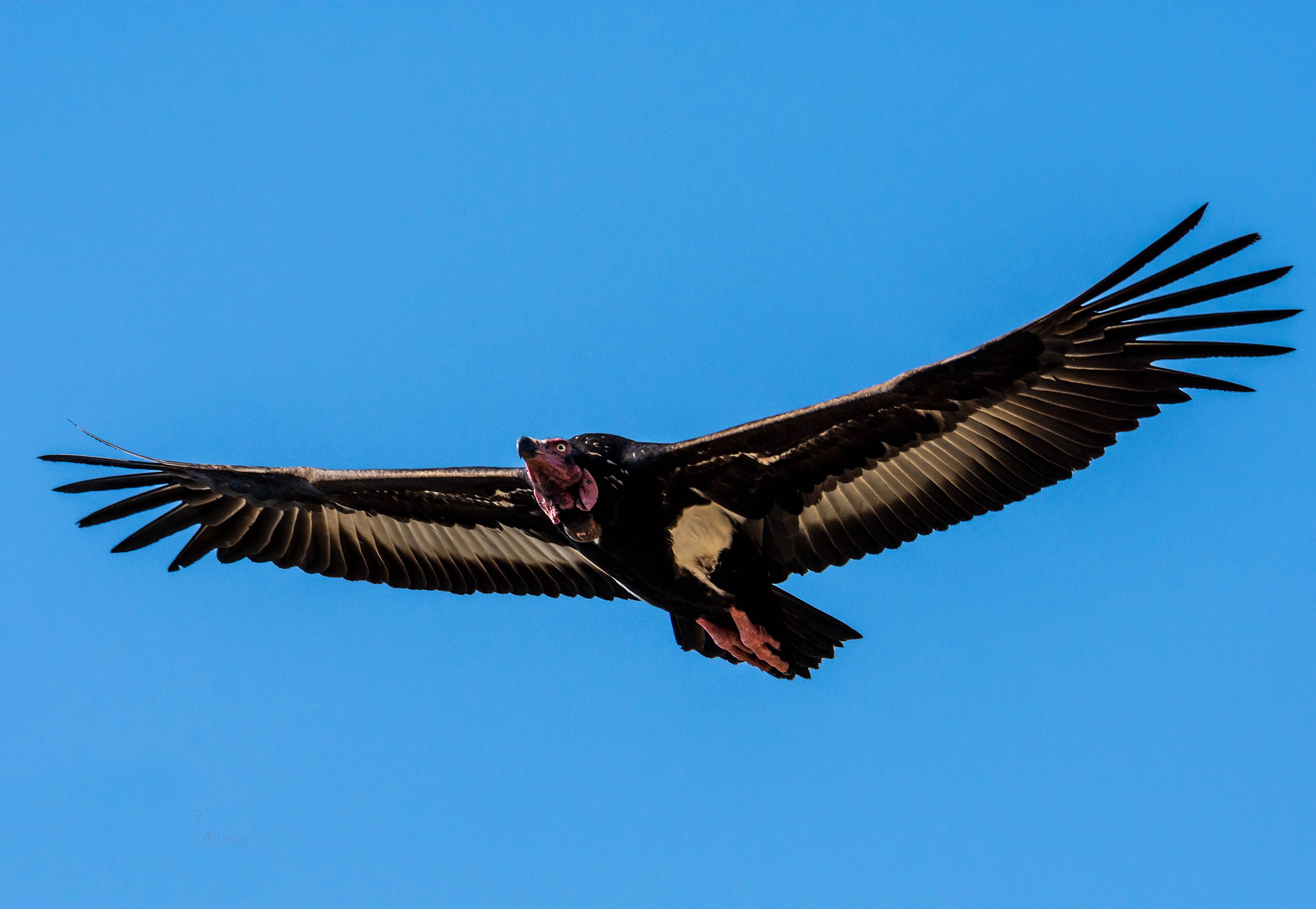

Reading time
0 min
The near-extinction of birds, blamed on a drug, has allowed various diseases to spread
Along with the vulture goes the health – of humans. This is the finding of a study being published in theAmerican Economic Review, which, starting with an analysis of the near-extinction of vultures that occurred in India in the 1990s, led to the identification of a clear correlation with the increase in human mortality, which can be calculated at half a million deaths between 2000 and 2005, precisely in the areas from which the well-known bird-spawn had disappeared.
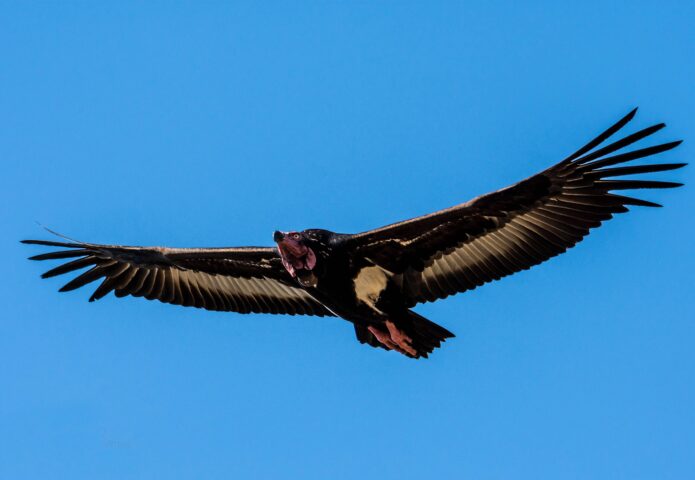
""
The mysterious fall of the vultures: identifying the culprit
The cause of the vulture’s demise was identified after years of study and speculation. After considering lack of food or loss of habitat-theories that found no support-the culprit, or the reason that led thousands of physically fit specimens to die suddenly, was identified as a drug, diclofenac.
""
This anti-inflammatory-very cheap and available without a prescription-has been widely used by Indian farmers to treat livestock, particularly for rheumatoid arthritis and mastitis. The research team demonstrated through laboratory and field experiments that the relationship between diclofenac and the death of vultures was certain: specimens that had consumed carcasses of animals given the drug died after a few days from kidney failure.
""
The unintended consequences
The disappearance of vultures has produced baleful consequences on the ecosystem and human health.
""
With the disappearance of the scavengers of the sky, (vultures feed exclusively on animal carcasses), the accumulation of decaying carrion has increased the risk of spreading waterborne diseases, such as cholera, and has provided substantial food sources for wild dogs, carriers of rabies. And it is precisely rabies that has been identified as a major cause of death related to the disappearance of vultures.
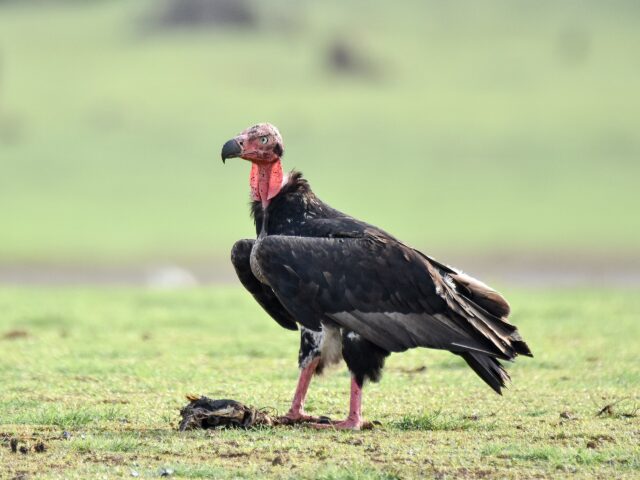
""
The journey goes on
Every story paves the way for the next: discover where biodiversity takes you


